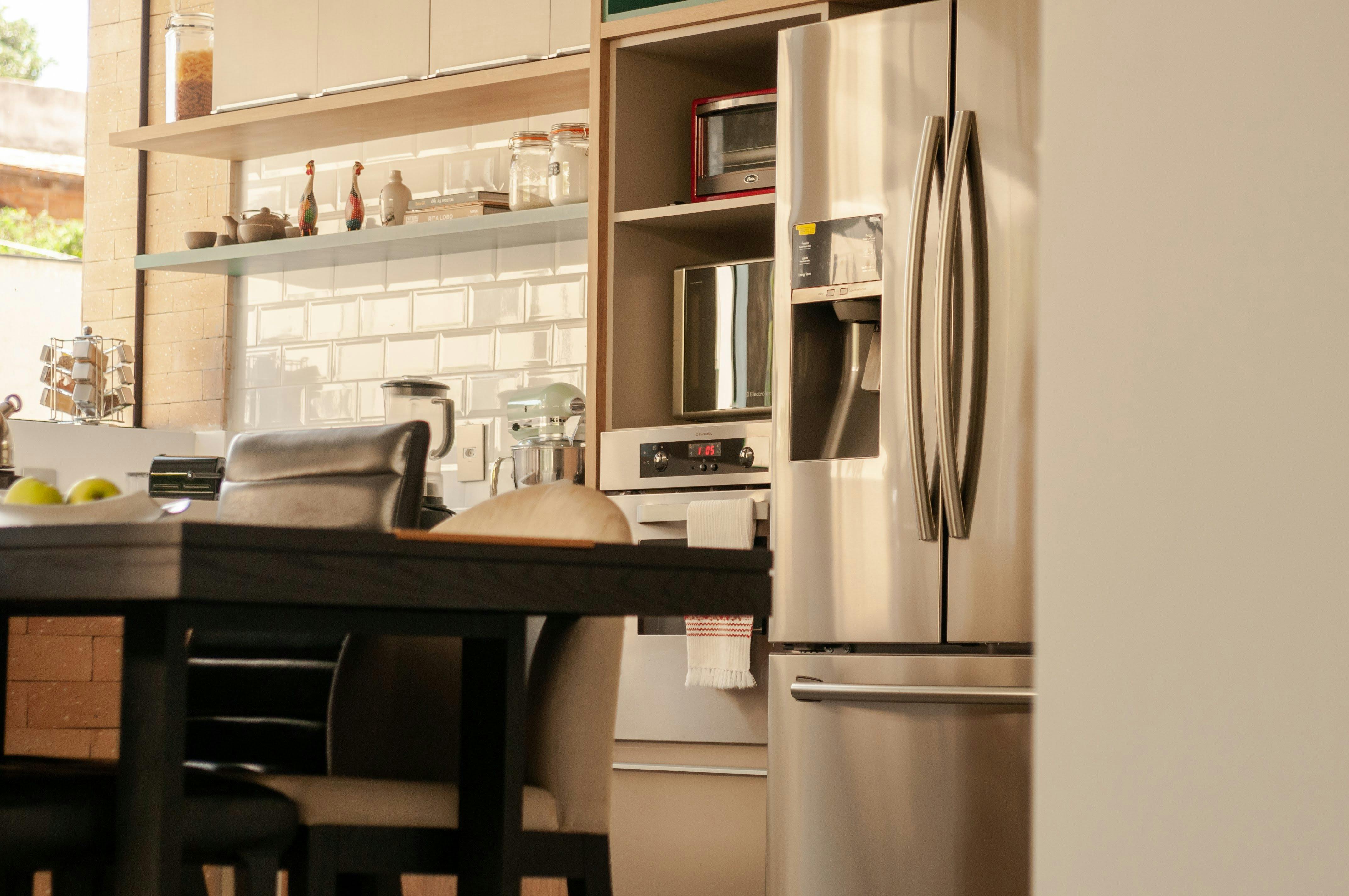Many people like the idea of building their own home, but fear that they don’t have the skills to do at least some of the work themselves. They worry that the project will be too difficult and take too long. “Building your own home” has come to mean, for most people, being the project manager and hiring tradesmen to do the actual work. If the reason for doing it this way is to save money, the result is usually disappointing. The way to save money when building a house is to do at least some of the work yourself. The more work you do, the more money you can save.
The first option is to hire a builder or arrange tradesmen yourself to do most of the work, then take over the project and finish it. A relatively small amount of money can be saved by doing the painting. A more ambitious, but still manageable approach, which will save much more money, is to pay for the construction of the house until the closing stage. The house will have external and internal walls, a roof, ceilings, windows, and external doors, but will otherwise be unfinished on the inside. Your job will be to equip the kitchen, bathrooms, laundry and closets, and then paint. Equipping a kitchen is not as difficult as it seems. There are many DIY kitchen options that are ready to go and do not require a high level of skill to install. Installing a shower, bath, sinks, and tiling are jobs that an untrained person can learn to do and do well. The installation of electricity, plumbing, sanitation and gas, however, should be left in the hands of professionals.
The second option is to buy a kit house, which you will erect yourself. This option can save money, but only if the kit is chosen very carefully. It is very important to calculate all the costs involved. Many modular homes are designed to be built on a concrete slab. They seem cheap because they do not include the cost of the tile and the work of electricity, plumbing and sanitation. It is very important to study the kit very carefully and find out what work you have to do. Kit homes can be very different in this regard. The more labor-intensive ones supply ready-to-assemble wall and ceiling sections, plus materials like ceiling sheets, wall cladding, drywall, etc., that the hobbyist builder has to measure, cut, and install. People who buy this type of kit without researching it properly find that there is a lot more involved than just bolting the house together. Kits that require less labor involve components that have been manufactured to a more finished stage. A good value kit house will save you money if you are willing to put in the work. Hiring a builder to build a kit house will add to the cost considerably.
The third option involves doing all the work from scratch. There is no denying that it involves a considerable amount of hard work and the patience to develop skills and solve problems. Although it may seem like a daunting challenge, it’s better not to look at a finished house and think “I couldn’t do all that.” In reality, building a house involves a large number of much smaller steps, each of which can be completed in a reasonably short time. Each step isn’t too daunting on its own. It can certainly be done because many untrained hobby builders have built excellent homes with their own hands. A variation is to purchase an unassembled steel frame house, with all components cut to size and holes drilled for bolts and screws. The builder assembles the wall sections and ceiling beams on site, and perhaps also a steel floor supported on stumps. This approach costs more than doing it all yourself, but the savings can still be huge.
Aside from the enormous satisfaction that many hobbyists derive from building their own homes, the money saved ranges from modest to significant, depending on the amount of work done. Getting involved in the hands-on work of construction can provide a way to own a debt-free home years sooner than would otherwise be possible.
